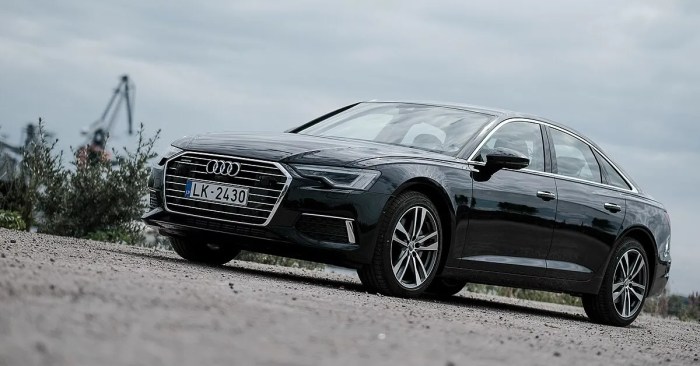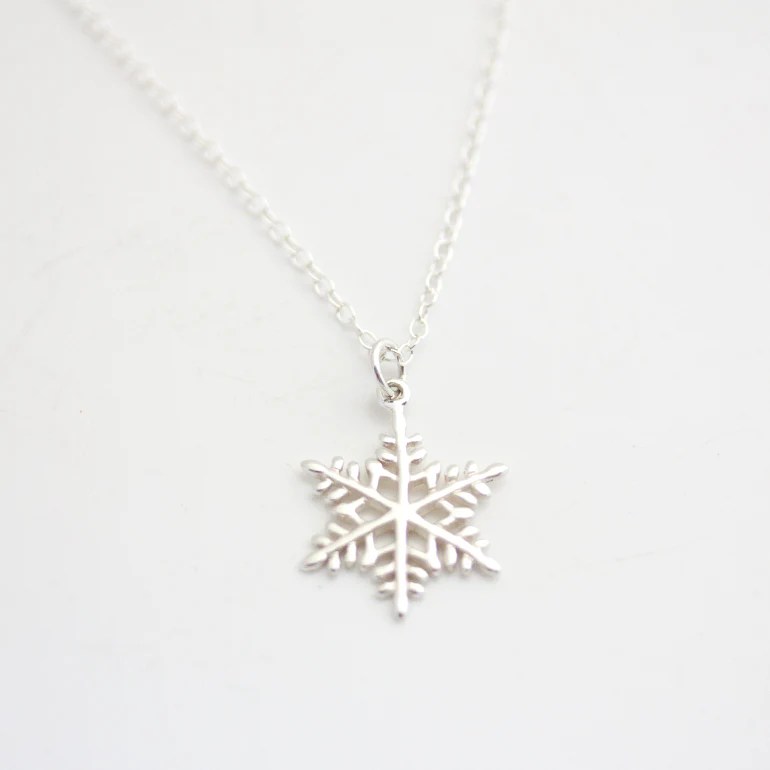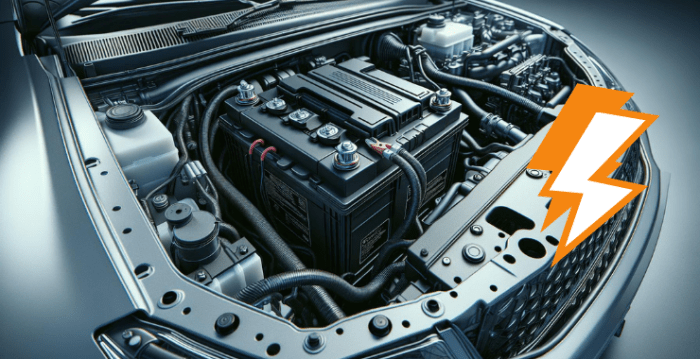The delicate beauty of snowflakes, captured in exquisite jewelry, has captivated hearts for years. This intricate art form blends nature’s ephemeral wonder with enduring craftsmanship, creating pieces that are both stylish and meaningful. From minimalist designs to elaborate creations, snowflake jewelry caters to a diverse range of tastes and preferences, reflecting current market trends and cultural significance. This exploration delves into the multifaceted world of snowflake jewelry, examining its manufacturing processes, the materials used, design elements, pricing strategies, target audiences, cultural impact, competitive landscape, and future innovations. We will analyze market trends, profitability, and marketing approaches to provide a comprehensive understanding of this captivating niche within the jewelry industry. Market Trends in Snowflake Jewelry Snowflake jewelry enjoys consistent popularity, particularly during the winter holiday season, but its appeal extends beyond a purely seasonal trend. Its enduring charm stems from its delicate beauty and symbolic representation of winter’s unique elegance. The market, however, is dynamic, influenced by evolving design aesthetics and consumer preferences.The popularity of snowflake jewelry spans diverse demographics. Younger consumers often gravitate towards more modern, minimalist designs, while older demographics may prefer more traditional or elaborate styles incorporating precious metals and gemstones. This broad appeal contributes to the jewelry’s sustained market presence, transcending age and fashion cycles to a significant extent. Snowflake Jewelry Design and Material Trends Emerging trends in snowflake jewelry design reflect a movement towards personalization and unique aesthetics. This is evidenced by the rise of asymmetrical designs, intricate handcrafted pieces, and the incorporation of unusual materials beyond traditional silver and gold. For example, the use of ethically sourced gemstones, recycled metals, and even incorporating elements of nature like pressed flowers within the snowflake design is gaining traction. This aligns with a broader consumer preference for sustainable and ethically produced goods. Another notable trend is the integration of snowflake motifs into larger, statement pieces, such as necklaces with substantial snowflake pendants or elaborate snowflake-themed earrings. Market Share Comparison with Similar Winter-Themed Jewelry Precise market share data for snowflake jewelry specifically is difficult to obtain. However, it’s safe to say that snowflake jewelry occupies a significant portion of the broader winter-themed jewelry market. While other winter motifs, such as icicles, snowmen, or winter animals, also enjoy popularity, the snowflake’s ubiquitous association with winter and its inherent aesthetic versatility give it a competitive edge. The snowflake’s simple yet elegant form lends itself to diverse interpretations and styles, making it a versatile design element readily incorporated into various jewelry types, from simple stud earrings to elaborate necklaces and bracelets. This adaptability ensures its continued prominence within the winter-themed jewelry sector, even when compared to other, more specific winter-related designs. For example, while snowman-themed jewelry might experience a spike in demand around Christmas, snowflake jewelry maintains a more consistent presence throughout the winter season and even beyond. Manufacturing Processes for Snowflake Jewelry Creating snowflake jewelry involves a fascinating array of techniques, each offering unique advantages and disadvantages in terms of cost, quality, and the final product’s durability. The choice of manufacturing method often depends on the desired aesthetic, budget, and the scale of production. Casting Casting is a widely used method for mass-producing snowflake jewelry. Molten metal, typically sterling silver or gold, is poured into a mold shaped like a snowflake. This mold is usually created using a wax carving or a 3D-printed model. Once the metal cools and solidifies, the mold is removed, revealing the snowflake pendant or earring. The resulting piece can then be further finished, such as polishing or adding gemstones. Casting allows for intricate detail and consistent replication, making it cost-effective for large-scale production. However, the initial investment in molds can be significant, and intricate designs might require more complex and expensive molds. The quality depends heavily on the precision of the mold and the skill of the caster. Wire Wrapping Wire wrapping offers a more handcrafted approach to snowflake creation. Artisans meticulously bend and shape metal wire—often silver, gold, or copper—to form the intricate branches and patterns of a snowflake. This technique allows for greater artistic freedom and customization, resulting in unique and often more affordable pieces, especially in smaller production runs. However, wire wrapping is more labor-intensive, making it a less cost-effective method for mass production. The durability of wire-wrapped snowflakes depends on the gauge of the wire and the skill of the wire wrapper; thinner wires are more delicate. Stamping Stamping involves pressing a metal sheet with a snowflake-shaped die to create a relatively flat, embossed snowflake design. This is a fast and cost-effective method for producing many identical pieces, particularly suitable for simple snowflake designs. The resulting jewelry tends to be less detailed than cast or wire-wrapped pieces, but it offers a good balance between affordability and acceptable quality. Durability is generally good, as the stamped metal is relatively robust, but intricate designs may be prone to bending or damage. Other Techniques Beyond casting, wire wrapping, and stamping, other methods exist, including die-cutting (for creating snowflake shapes from sheet metal), resin casting (for incorporating snowflakes into resin jewelry), and the use of pre-made snowflake components (like findings) incorporated into larger jewelry pieces. Each method presents its own cost-quality trade-off, influencing the final price and longevity of the snowflake jewelry. Material Durability and Longevity The longevity of snowflake jewelry is significantly influenced by the chosen material. Sterling silver, while relatively affordable, can tarnish over time, requiring occasional cleaning. Gold, particularly higher karats, is more resistant to tarnishing and offers superior longevity. Other metals like copper or brass might oxidize, adding patina but potentially reducing their visual appeal over time. The durability of gemstones used in combination with the metal snowflake also impacts the overall longevity of the piece. For example, a delicate opal might be more susceptible to damage than a durable sapphire. The manufacturing method also plays a role; a heavily cast piece will likely be more durable than a delicately wire-wrapped one. Materials Used in Snowflake Jewelry Production The choice of materials significantly impacts the aesthetic appeal, durability, and cost of snowflake jewelry. Different materials offer unique properties, influencing the final product’s characteristics and the overall manufacturing process. Understanding these material properties and their environmental implications is crucial for both consumers and producers.The selection of materials often depends on factors such as the desired look, budget, and target market. For instance, sterling silver is a popular choice for its affordability and versatility, while platinum or gold offer a more luxurious and durable alternative. The incorporation of gemstones or crystals adds further complexity and cost. Precious Metals in Snowflake Jewelry Precious metals like silver, gold, and platinum are frequently used in snowflake jewelry due to their malleability, durability, and inherent beauty. Silver, often used in sterling silver (92.5% silver, 7.5% other metals), offers a cost-effective option with a bright, lustrous finish. Gold, available in various karats (24K being pure gold), provides a luxurious and resistant alternative, with higher karat gold being more resistant to tarnishing. Platinum, a rarer and more expensive metal, is highly durable and hypoallergenic, making it a suitable choice for sensitive skin. The choice among these metals depends on the desired price point and the piece’s intended longevity. Gemstones and Crystals in Snowflake Jewelry Numerous gemstones and crystals enhance the visual appeal of snowflake jewelry. Crystals like cubic zirconia, often used as a diamond simulant, offer brilliance at a lower cost. Other crystals, such as Swarovski crystals, are known for their precision cut and sparkle. Natural gemstones, including diamonds, sapphires, emeralds, and rubies, add a touch of luxury and rarity. The hardness, color, and clarity of gemstones influence their suitability and cost. For example, diamonds, known for their exceptional hardness (10 on the Mohs scale), are highly durable, whereas softer stones might require more careful handling. Other Materials Used in Snowflake Jewelry Beyond precious metals and gemstones, other materials contribute to snowflake jewelry’s design and functionality. These include various types of beads, often made from glass, semi-precious stones, or pearls, which add texture and color. Certain snowflake designs might incorporate enamel, a colored glass-like substance, for intricate detailing. Findings, such as clasps, jump rings, and ear wires, are typically made from base metals like brass or nickel-silver, though higher-end pieces might use sterling silver or gold. The choice of these materials influences the overall cost and durability of the jewelry. Environmental Impact of Materials The environmental impact of material selection is increasingly important in the jewelry industry. Mining precious metals can lead to habitat destruction, water pollution, and greenhouse gas emissions. The extraction and processing of gemstones can also have significant environmental consequences, depending on the mining practices employed. Sustainable sourcing initiatives and recycled materials are gaining traction to mitigate these impacts. Consumers are increasingly seeking out ethically sourced and environmentally friendly jewelry options. For example, recycled gold and silver reduce the demand for newly mined materials, lessening the environmental footprint. Similarly, responsibly sourced gemstones with transparent supply chains are becoming more prevalent. Design Elements in Snowflake Jewelry Snowflake jewelry design draws inspiration from the natural beauty and intricate structure of snowflakes themselves. The inherent characteristics of snowflakes translate directly into design elements that define the aesthetic appeal of this type of jewelry. These elements combine to create pieces that range from delicate and minimalist to bold and extravagant.The most prevalent design element in snowflake jewelry is the inherent symmetry found in snowflakes. While no two snowflakes are exactly alike, many exhibit six-fold radial symmetry, a feature frequently replicated in jewelry designs. This symmetry creates a sense of balance and harmony, enhancing the visual appeal of the piece. Beyond basic symmetry, designers often incorporate more complex patterns and variations to mimic the intricate details observed in real snowflakes. Symmetry and Intricate Details in Snowflake Jewelry The replication of snowflake symmetry in jewelry is achieved through various techniques, including meticulous hand-crafting and advanced computer-aided design (CAD) processes. Simple designs might feature a straightforward six-pointed star, while more complex pieces incorporate branching patterns, fractal-like structures, and delicate filigree work to mirror the complexity of natural snowflakes. The level of detail can vary greatly, ranging from simple geometric forms to highly intricate designs that require skilled craftsmanship. For instance, a simple pendant might use a single, symmetrical snowflake motif, while a more elaborate piece might incorporate multiple snowflakes, each with unique and highly detailed designs, interwoven into a larger pattern. Color and Texture in Snowflake Jewelry Designs Color and texture play a significant role in enhancing the visual appeal of snowflake jewelry. The choice of materials directly influences both these aspects. Silver and white gold are popular choices for their ability to capture the icy, crystalline essence of snowflakes. However, the use of colored gemstones, such as clear or icy blue diamonds, sapphires, or even more vibrant stones like emeralds or rubies, adds depth and personality to the designs. These stones can be incorporated as accents within the snowflake design, or as larger components that define the piece’s overall appearance. Texture also contributes significantly; the use of hammered metals, textured surfaces, or even the inclusion of elements like pearls or beads can create a tactile dimension, enhancing the three-dimensionality of the snowflake design. Diverse Snowflake Jewelry Design Styles Imagine a delicate silver pendant featuring a minimalist, geometric snowflake, its six points sharply defined and subtly textured. Contrast this with a large, statement necklace crafted from white gold, featuring multiple interconnected snowflakes, each adorned with tiny, sparkling diamonds, creating a cascade of light and brilliance. Consider a pair of earrings, each featuring a single, intricately detailed snowflake crafted from blackened silver, showcasing the delicate branching patterns and filigree work. Finally, visualize a ring with a central snowflake design composed of a cluster of vibrant blue sapphires, surrounded by a halo of smaller diamonds, capturing the icy beauty of a winter wonderland. These diverse examples illustrate the versatility of snowflake jewelry design, catering to a wide range of aesthetics and preferences. Target Audience for Snowflake Jewelry … Read more










